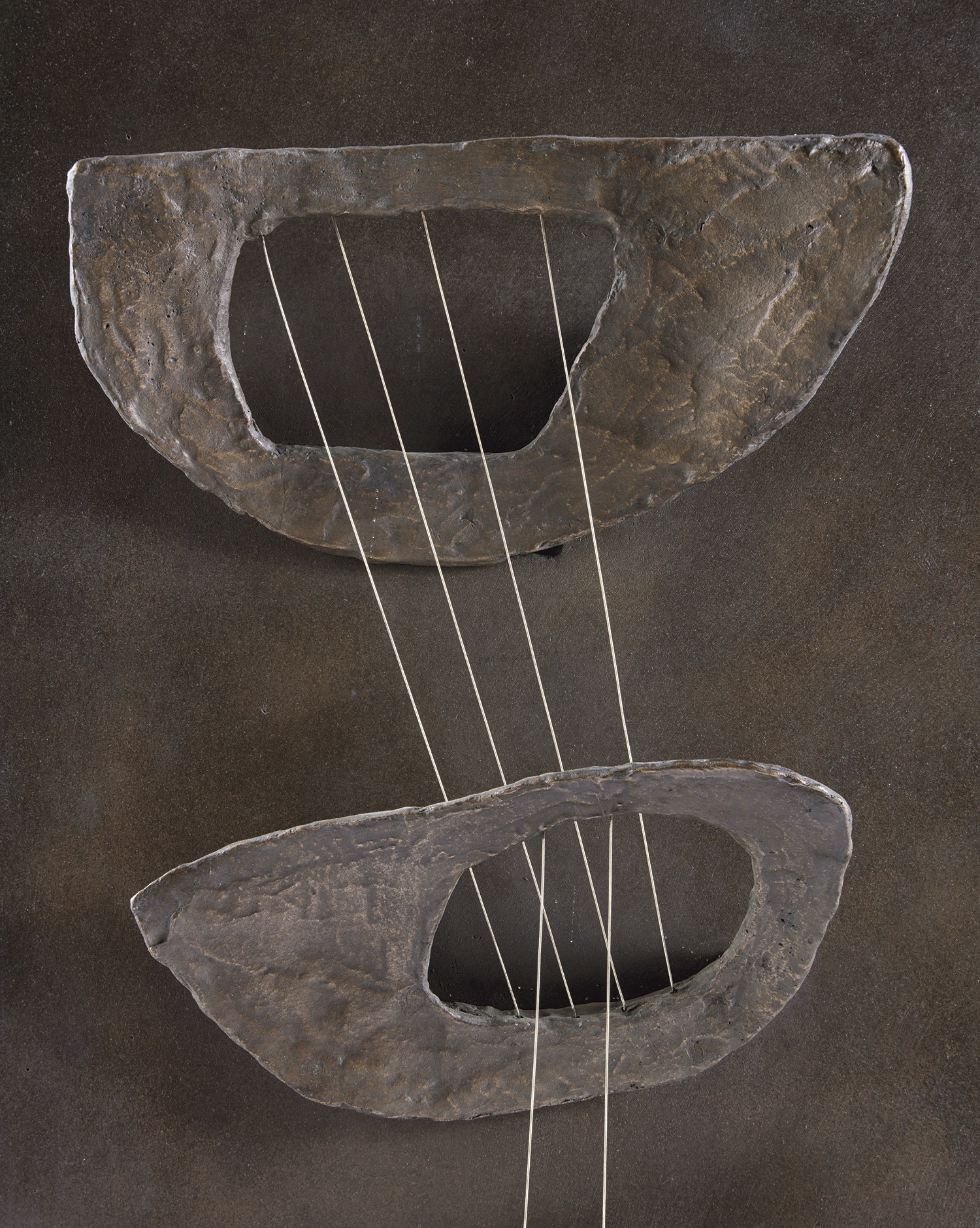





101
Barbara Hepworth
Maquette, Three Forms in Echelon
incised with the artist's signature, number and date "Barbara Hepworth 3/9 1961" on the lower right of the base; stamped with the Morris Singer foundry mark on the lower left turnover edge
bronze
26 3/4 x 20 x 4 3/8 in. (67.9 x 50.8 x 11.1 cm)
Conceived in 1961 and cast in 1965, this work is number 3 from an edition of 9 plus 1 artist's proof, and it is included as BH 306 B in the catalogue raisonné of the artist's sculptures being revised by Dr. Sophie Bowness.
Other examples from this edition are held in the permanent collections of Tate, London (2/9), the Art Gallery of Ontario, Toronto (4/9), and the University of Exeter, Fine Art Collection (7/9).
Other examples from this edition are held in the permanent collections of Tate, London (2/9), the Art Gallery of Ontario, Toronto (4/9), and the University of Exeter, Fine Art Collection (7/9).